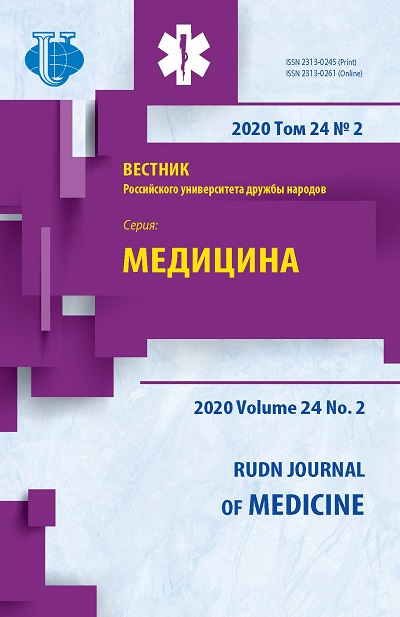Abstract
Objective: to determine the osmotic resistance of red blood cells using modulation interference microscopy technologies in the light microscopy mode of biological objects to identify the dynamics and determine the possibilities for continuing apitherapy in patients with autoimmune diseases. Methods. Methodological approaches to the use of modulation interference microscopy and computed tomography for the tasks of diagnostic medicine and applied immunology are described. The technology of vital computer dynamic phase metering, special methods for sample preparation of cytoobjects, as well as a computer-aided automated analysis of cytological images were used; recognition algorithms, measurement and identification of micro-objects; methods of statistical data processing. Results. Using the domestic innovative laser microscope MIM340, the osmotic resistance of erythrocytes was estimated using the method of modulation interference microscopy to identify the dynamics and determine the possibilities for continuing apitherapy in patients with rheumatoid arthritis and multiple sclerosis. Using computer methods of cytodiagnostics, new aspects of the functional morphology of living cells were revealed, clinical and morphological parallels were established. It was possible to evaluate the diagnostic and prognostic value of vital cell morphometry in various pathological processes and assess the effectiveness of therapeutic measures. A data bank of graphic images of red blood cells and blood lymphocytes of patients with diseases of the immune system has been created. Findings. The study of the structural features and functional usefulness of circulating blood cells is of great importance in addressing the pathogenesis, diagnosis, assessment of the severity of various pathological conditions and the effectiveness of the therapy. We believe that the study of living cytoobjects using the new method of coherent phase microscopy will provide the most objective data and increase the information content of the analysis, which is undoubtedly an urgent and promising task. The immediate plans include the refinement of mathematical, algorithmic, and software to support decision-making in computer-aided analysis of images of the epidermis and the surface of the dermis in neoplastic processes - malignant skin diseases. It is also necessary to create algorithmic and software tools for computerizing studies of cell models for quantitative and qualitative assessment of the selective accumulation of xenobiotics by laser microscopy.















